Last updated: April 2, 2025
Article
Hamilton-Burr Duel
Dueling in the 18th and 19th Centuries
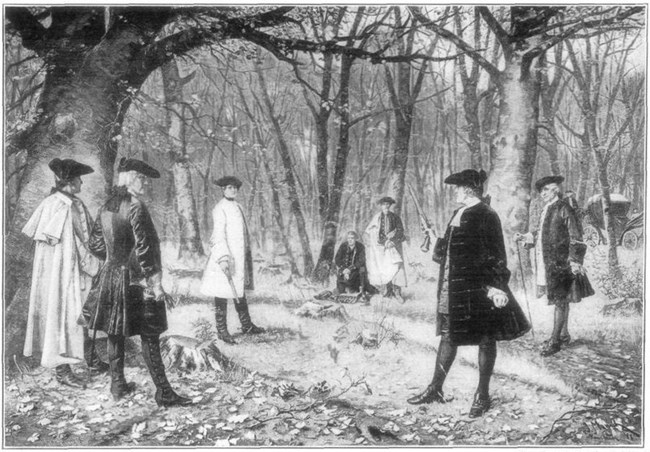
Wikimedia Commons
In the 18th and 19th centuries, the concept of personal honor was central to the worthiness of a man in affairs of politics. One’s honor was critical to preserving their reputation, and therefore, suitability for interpersonal affairs and public office. If one had a perceived lack of honor, it diminished their viability for leadership.
Duels were the extreme endpoint in the formalities of the culture of honor, meant to preserve or redeem of a man’s honor. They were not merely emotion-fueled brawls, but rather, a formal process through which decorum, bravery, and willingness to stand up for ones beliefs and actions was displayed. These affairs are commonly known as affairs of honor.
An affair of honor began with an insult against another person, usually, of a political or personal nature. If the insult was serious enough, the offended party may have been obliged to defend his honor. In such a case, the offended party sent a letter requesting an explanation, an avowal or disavowal, and a prompt response. Observing a formal code of conduct, the two exchanged chances for the other to concede. One could concede at any point before shots were fired in a duel. If this occurred, the affair was ended, and the honor of at least one party was restored. [1]
The 1804 New York Governors Race
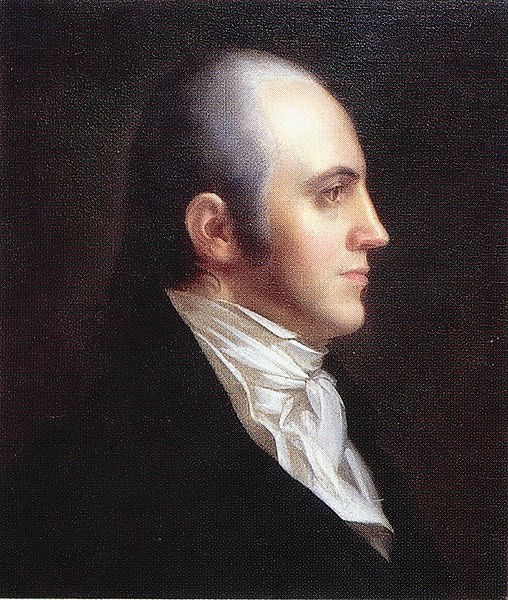
Wikimedia Commons
It is uncertain when Hamilton and Burr met for the first time, but they were in similar social and professional circles for many years, beginning in the 1770’s. They may have been aware of each other at that point, but by 1784, they became involved in law practice together.
Many historians believe that the competition between the two began in the year 1791, when Aaron Burr defeated Philip Schuyler, Hamilton’s father-in-law, with whom he was close, in the election for state senator of New York. In the next thirteen years, there are many instances where Hamilton opposed Burr for elections and used his influence to keep Burr from holding office. “I feel it is my religious duty to keep this man from office,” wrote Hamilton in 1792. [3]
In June of 1804, Hamilton referenced a “course of fifteen years competition” between himself and Burr. [4] Indeed, the 15-year long relationship between Hamilton and Burr as colleagues and political rivals is flecked with instances of insults and slights between the two.
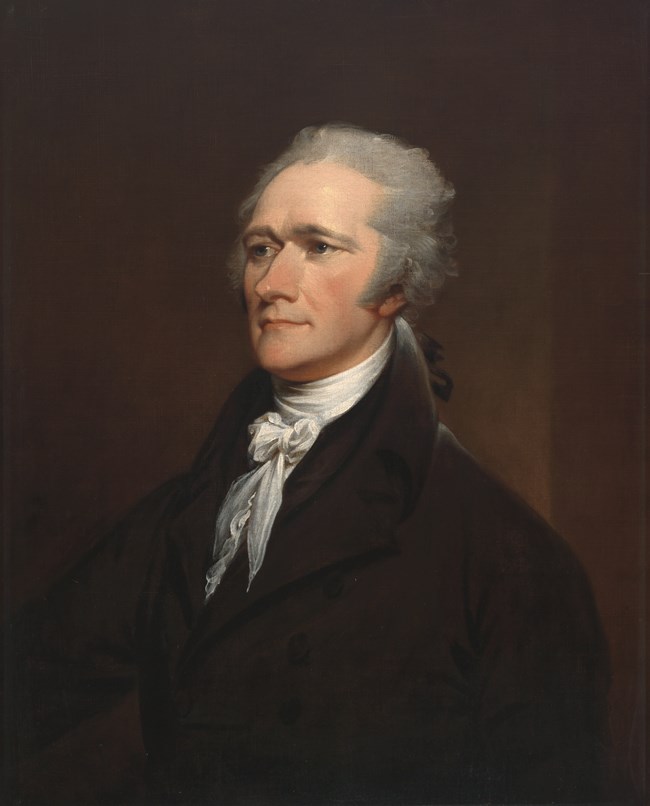
This newspaper was delivered to Burr sometime after the New York State governor’s race ended, in April of 1804. Burr, who ran as a Federalist, had been defeated by Morgan Lewis, a Democratic-Republican. Burr, who was still the Vice President of the United States, did not anticipate holding office as Vice President for a second term with Thomas Jefferson, and had set his sights on the New York State governorship.
Upon receiving the Albany Register, Burr wrote to Hamilton on June 18th, 1804. He requested an “acknowledgement or denial of the use of any expressions which could warrant the assertions of Dr. Cooper,” [6]. The letter had been delivered by William Van Ness, who would become Burr’s second in the duel.
In a further exchange of three more letters, the two refused to budge. Burr insisted on an apology from Hamilton, but Hamilton refused to do so. “Thus, sir,” Burr wrote, “you have invited the course I am about to pursue, and now your silence impose it upon me.” From this letter forth, the chosen seconds of the two men would deliberate on a time and place. [8]
Hamilton made many preparations in case he would not survive the duel. Among these preparations were financial plans, lists of debt, and farewell letters to Eliza. In these letters and documents preceding the duel, Hamilton expressed an unwillingness to carry out the act.
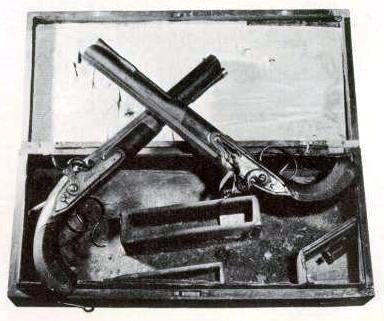
Wikimedia Commons
So why did Hamilton fight Burr in the duel?
Alexander Hamilton had many reasons to avoid the duel. In his own words before the duel, he explains these reasons. First, he had a moral and religious objection to the practice. Second, he did not want to leave behind his family or his creditors. Third, he claimed to have had no personal ill-will towards Aaron Burr, although their differences lie in political matters. Lastly, he realized that he may gain nothing, but “hazard much”.
Hamilton explained that he could not apologize to Burr to avoid the duel, because he meant what he said when he made unsavory comments about Burr. Hamilton explained that he then had no choice but to respond to Burr’s “menacing” and “offensive” response.
Hamilton could have decided not to fight in the duel, but he clearly indicated that he need to preserve his reputation for future use. “The ability to be in future useful, whether in resisting mischief or effecting good, in those crises of public affairs, which seem likely to happen, would probably be inseparable from a conformity with public prejudice in this particular,” Hamilton wrote. In other words, his future reputation would determine his use and role in a future public crisis. Facing Burr in this duel would ensure his viability for future affairs, and he was willing to stand in front of a pistol for it. [2]
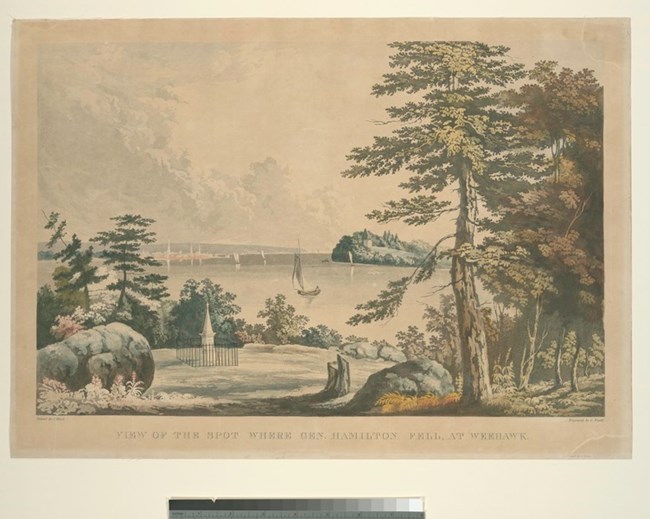
New York Public Library
The Duel (July 11, 1804)
Dueling was outlawed in both the states of New York and New Jersey, but the penalties for dueling were less harsh in New Jersey than in New York. Therefore, the site of Weehawken, New Jersey was chosen for this duel to take place on July 11th, 1804. It was the same site where, three years prior, Hamilton’s eldest son died in a duel defending his father’s honor.
Early that morning, Hamilton and Burr, along with their seconds, rowed across the Hudson River in separate boats to the dueling site. With Burr was was William Van Ness, and with Hamilton was Nathaniel Pendleton. The seconds of the duellers were responsible for representing their principles to the other party, and acting as field assistants. Dr. David Hosack was on scene as the medical doctor.
The events of the duel itself are not clearly remembered in history. Who shot first is a mystery, and various accounts report different versions of story. But what is consistent in the record is that there were two shots heard within seconds of each other.
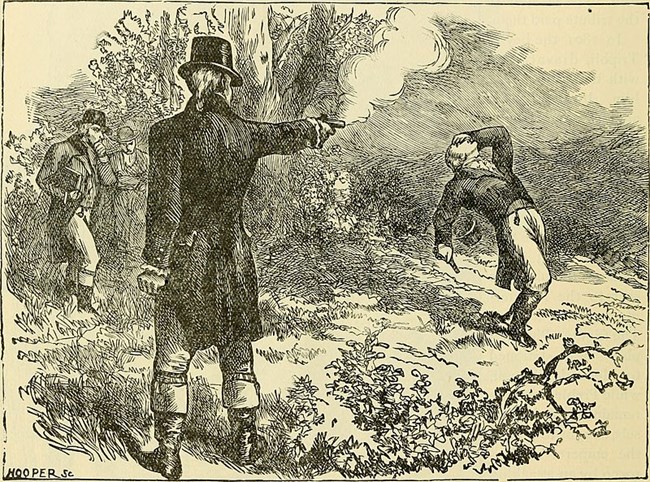
Wikimedia Commons
If withholding a second shot was Hamilton’s plan that morning, it was never realized. Burr’s bullet hit Hamilton in the abdomen, entering the right side. Later accounts by the seconds of the two duelists agree that Hamilton instantly fell to the ground. A later account from Dr. David Hosack states that Hamilton was lying in the arms of Pendleton when Hosack ran to him. “This is a mortal wound, Doctor,” Hosack recalls Hamilton saying. [11]
Hamilton was rushed back to Manhattan, where he was interred at the home of William Bayard Jr. in what is now Greenwich Village, New York City. Eliza and the children, who were eight miles north at The Grange, were sent for. They arrived at the Bayard home in time for a final farewell. In his last hours alive, he said goodbye to his wife and children, and passed away on July 12, 1804. [9] [10] [11]
The Aftermath
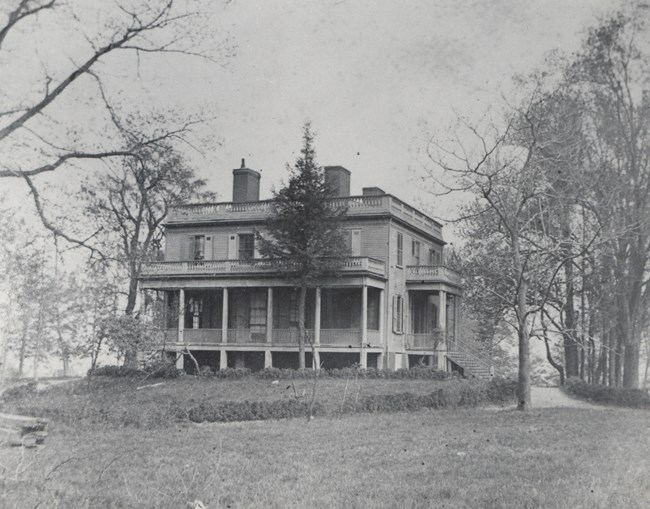
NPS Photo
Eliza, The Grange, and the children
Hamilton died leaving behind a family and much debt. According to his own cash books, he was in debt by about $55,000 dollars, mostly in the form of mortgages, bonds and personal notes, with the outstanding balances of his legal clients considered. [13]
On August 2, 1804, three weeks after Hamilton’s death, Oliver Wolcott wrote to James McHenry to appeal for the latter’s participation in a secret subscription fund for the remaining Hamilton family. “A number of Gentleman of Fortune, should come forward & pay these debts & provide handsomely for the family,” he wrote. [12]
Chiefly among these debts were those surrounding The Grange, which had been completed just two years before. It was an expensive estate to maintain, and with a mortgage and very little income, it would have been impossible for Eliza and the children to stay in the house. However, some of the benefactors purchased The Grange for forty thousand dollars, and sold it back to Eliza at half-price, ensuring that the family would live in the home for decades to come. [13]
Eliza and some of her children lived at The Grange until 1833, at which time she moved to Washington, DC, to live her last years under the care of her daughter.
Sources
[2] Statement regarding the duel with Aaron Burr, Alexander Hamilton, 1804 Statement on Impending Duel with Aaron Burr, [28 June–10 July … (archives.gov)
[3] Religious duty to oppose this man’s career: From Alexander Hamilton to ———, 21 September 1792 (archives.gov)
[4] From Alexander Hamilton to Aaron Burr, 20 June 1804. From Alexander Hamilton to Aaron Burr, 20 June 1804 (archives.gov)
[5] Not to be trusted/still a more despicable opinion: Enclosure: Charles D. Cooper to Philip Schuyler, [23 April 1804] (archives.gov)
[6] From Aaron Burr to Alexander Hamilton, 18 June 1804. To Alexander Hamilton from Aaron Burr, 18 June 1804 (archives.gov)
[7] Alexander Hamilton to Aaron Burr, 20 June 1804. From Alexander Hamilton to Aaron Burr, 20 June 1804 (archives.gov)
[8] Aaron Burr to Alexander Hamilton, 22 June 1804 To Alexander Hamilton from Aaron Burr, 22 June 1804 (archives.gov)
[9] Statement by William P. Van Ness and Nathaniel Pendleton, July 17, 1804 Joint Statement by William P. Van Ness and Nathaniel Pendleton … (archives.gov)
[10] Statement by Nathaniel Pendleton July 19,1804 Nathaniel Pendleton’s Amendments to the Joint Statement Made b … (archives.gov)
[11] David Hosack account: David Hosack to William Coleman, 17 August 1804 (archives.gov)
[12] Oliver Wolcott to James McHenry, August 2, 1804.
[13] Mayer, Josephine, and Robert A. East. “THE SETTLEMENT OF ALEXANDER HAMILTON’S DEBTS: A FOOTNOTE TO HISTORY.” New York History, vol. 18, no. 4, 1937, pp. 378–85, http://www.jstor.org/stable/24470677. Accessed 8 May 2022.
